Okay, I need help maximizing the area of a rectangle in the sliver object that can be many different shapes. I've already done most of the work.
I'm working in C# with a kinect and the depth pixels.
This image is just the best representation of what I'm talking about that I could find.

I need to produce a rectangle in this area on the x, y plane that maximizes the area while having every edge be solid.
I already have the solid shape represented as a list of points on the x, y plane. So I have the shape on the 2D plane. Kind of like this:

To simplify the problem, I'm just going to produce a rectangle with edges that are parallel to the x and y lines. I'm not looking for code. I just need some direction or an algorithm that I can read up on and attempt to implement.
If any clarification is needed, please let me know.